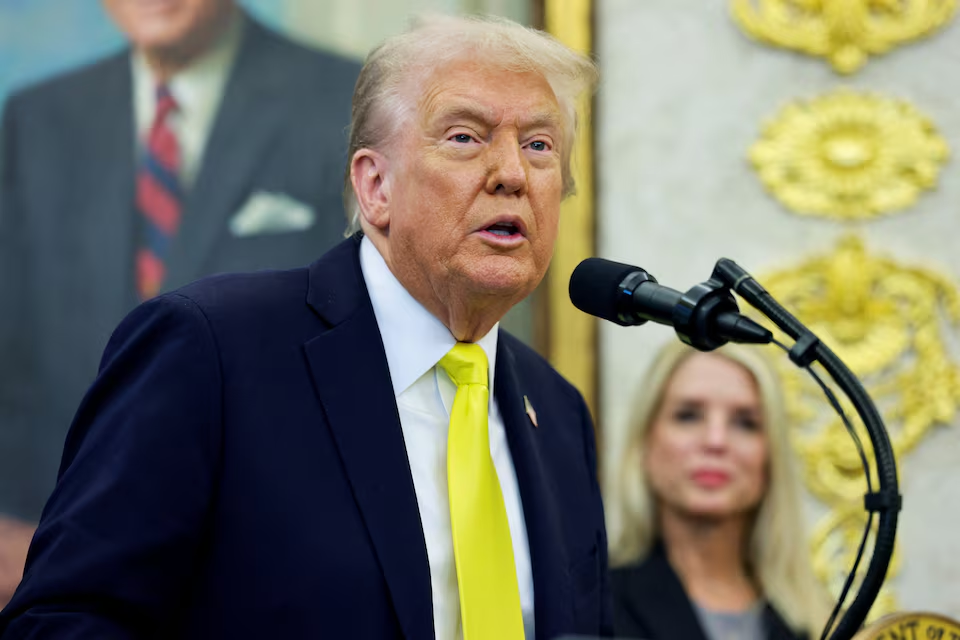President Donald Trump has rolled back a Biden-era air pollution rule that imposed stricter limits on emissions from copper smelters. The move is part of his administration’s effort to reduce regulatory burdens on American industry.
Officials said the rollback is intended to support domestic copper production while balancing environmental and economic interests. Copper is a critical resource for manufacturing, electronics, and renewable energy technologies.
The original rule, implemented under the previous administration, tightened limits on sulfur dioxide and other emissions from copper smelting facilities. It was designed to reduce air pollution and protect public health.
Trump’s decision removes these stricter limits, allowing smelters greater operational flexibility. Industry leaders have welcomed the move, citing high compliance costs and potential impacts on production.
“The copper industry is vital for our economy,” a senior administration official said. “This rollback ensures that domestic producers can remain competitive while continuing to meet environmental standards.”
Environmental groups, however, have expressed concern over the reversal. They argue that easing emissions limits could increase air pollution and negatively affect nearby communities. Experts say monitoring and mitigation measures will be key to maintaining safety.
Copper smelters are concentrated in several U.S. states, providing jobs and supporting local economies. Officials argue that the regulatory rollback will protect these jobs and help stabilize supply chains for critical materials.
The administration emphasized that the rollback does not eliminate environmental protections entirely. Facilities are still required to follow federal guidelines and maintain safe emissions levels. Trump’s approach focuses on balancing economic growth with reasonable environmental oversight.
Industry analysts say the move could boost investment in U.S. smelting operations. Reduced compliance costs may allow companies to expand production, invest in technology, and compete more effectively in global markets.
Critics warn that environmental risks must be carefully managed. Public health experts note that sulfur dioxide exposure can lead to respiratory problems, emphasizing the importance of continued monitoring.
The rollback aligns with broader policy goals of deregulation and supporting domestic manufacturing. Trump’s administration has pursued similar measures across multiple industries, aiming to reduce costs and encourage economic growth.
Copper is an essential element for emerging technologies, including electric vehicles and renewable energy systems. Ensuring reliable domestic production is viewed as a strategic priority for maintaining competitiveness in these sectors.
Officials also pointed out that the U.S. has made progress in reducing overall emissions over the past decades. The administration argues that targeted regulatory adjustments, such as this rollback, will not undermine these broader environmental achievements.
The decision is expected to have both economic and political implications. Supporters see it as a win for industry and jobs, while opponents stress the need for strong safeguards to protect public health.
Trump’s rollback of the copper smelter rule demonstrates the administration’s focus on regulatory relief and industrial growth. By easing limits on emissions, the government seeks to strengthen U.S. production while maintaining basic environmental protections.
Federal agencies will continue to monitor smelter operations to ensure compliance with remaining standards. The administration said it will work with industry and state regulators to manage potential risks and maintain community safety.
The policy change highlights the ongoing debate between economic development and environmental regulation, illustrating the complex balance policymakers face in managing industrial growth and public health concerns.


